WBDC is pleased to offer grants of up to $25,000 to qualified child care businesses expanding their operations
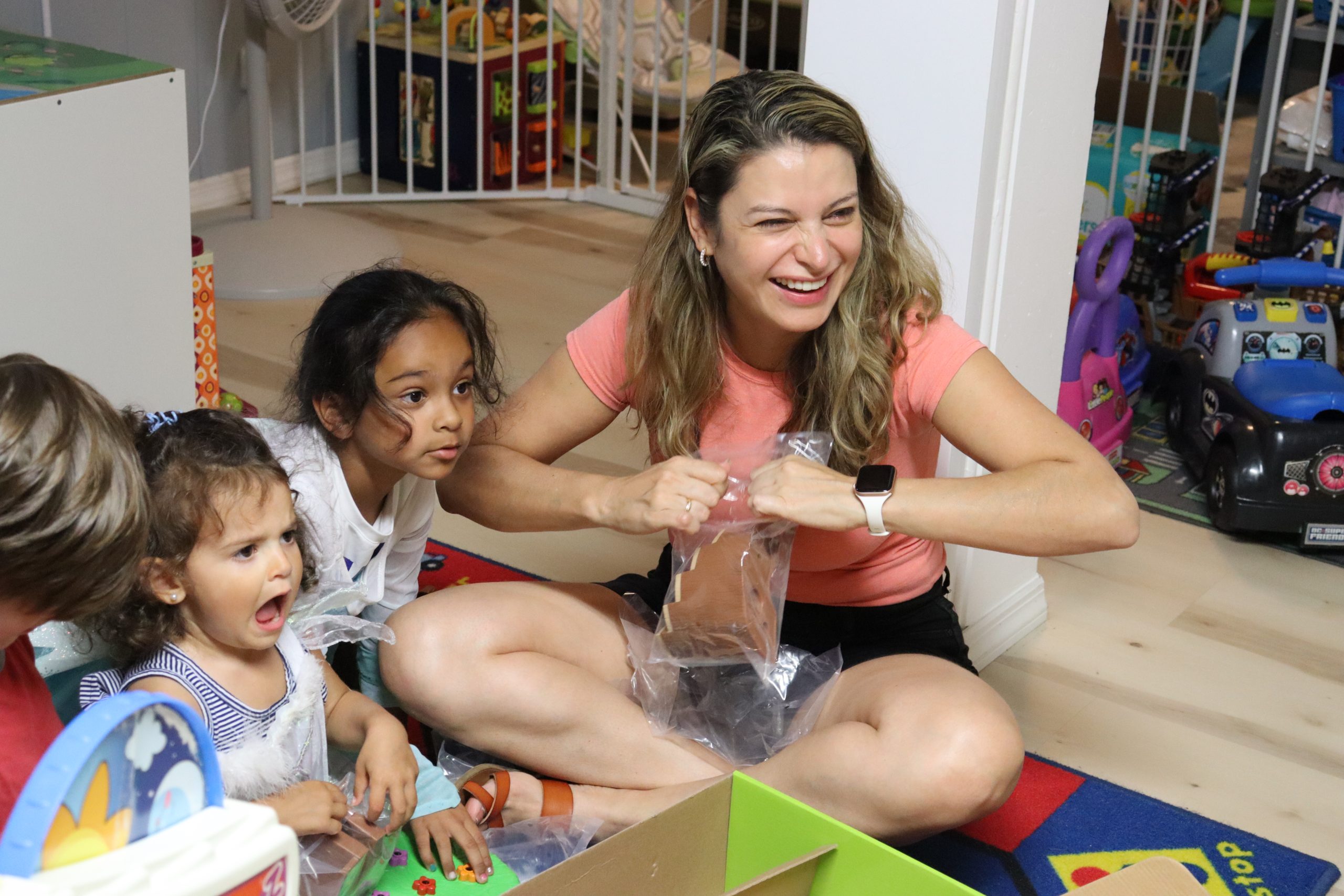
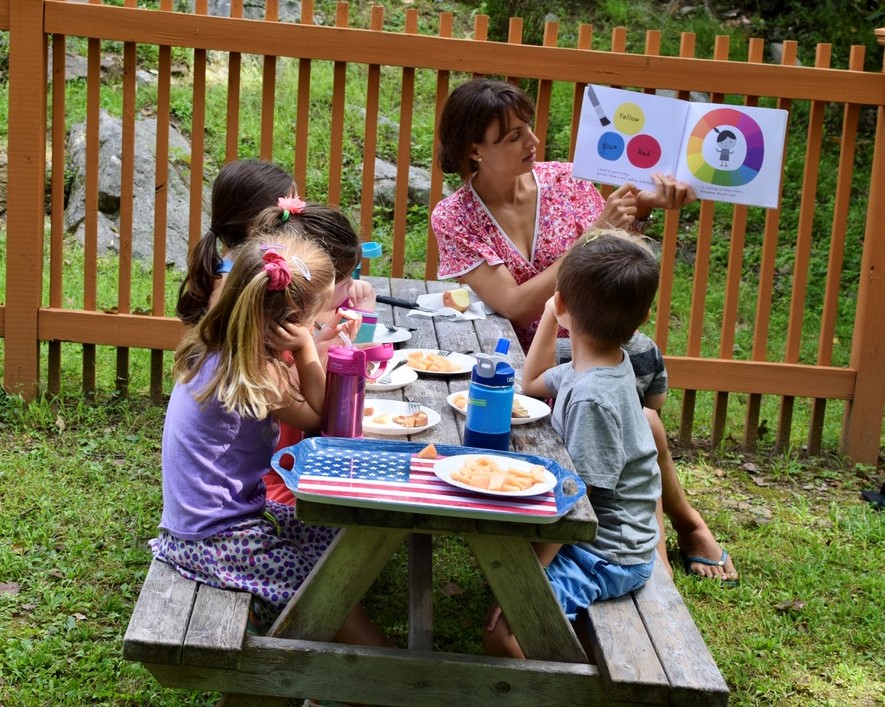
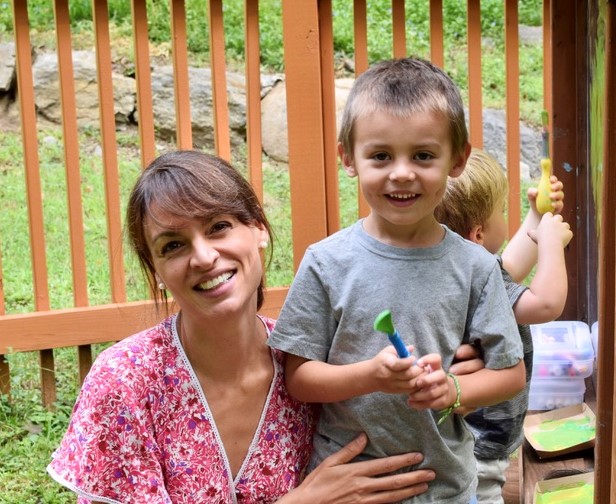
We will be offering cash grants of up to $25,000 to support OEC-licensed family homes (DCFH), group homes (DCGH), and centers (DCCC) in financial need with their expansion goals. This grant program is designed to help licensed child care businesses grow their operations and create additional slots.
Grant funds will be awarded to eligible businesses operating for at least 2 years with enrolled children that are: seeking to increase licensed capacity or meaningfully increase enrollment at their existing location (must be increasing by 3 or more full-time equivalent slots); open a new location; grow from family home to group home, or group home to center. Grants will be awarded for applications that will have a measurable impact on the business, its growth and profitability.
Important: If you have any questions during the application process, please email us at childcaregrants@ctwbdc.org. WBDC advisors are here to assist you at no cost with free 1:1 advising to help guide you.
This is a competitive process and the WBDC will not be able to fund all strong applicants.
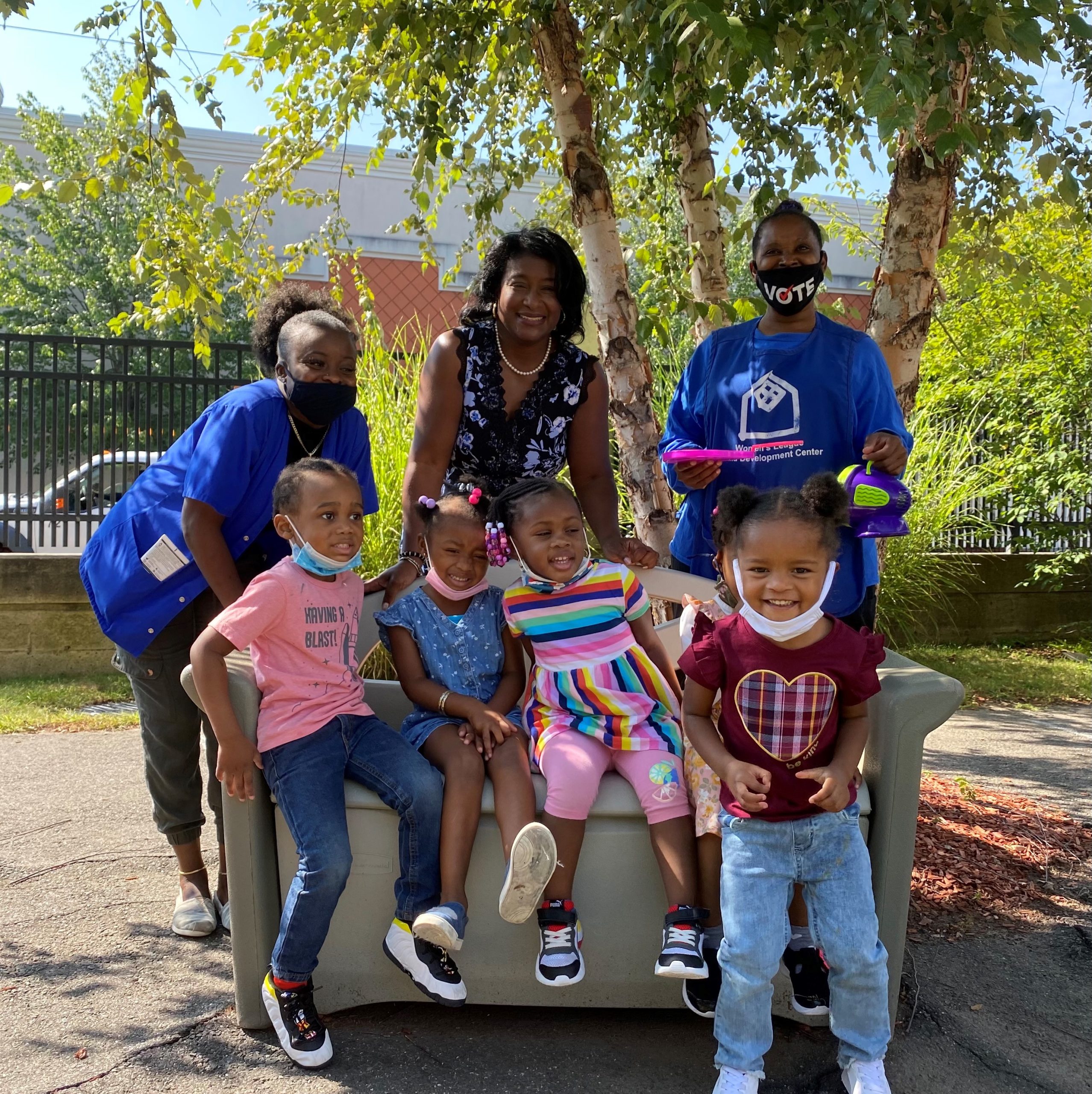

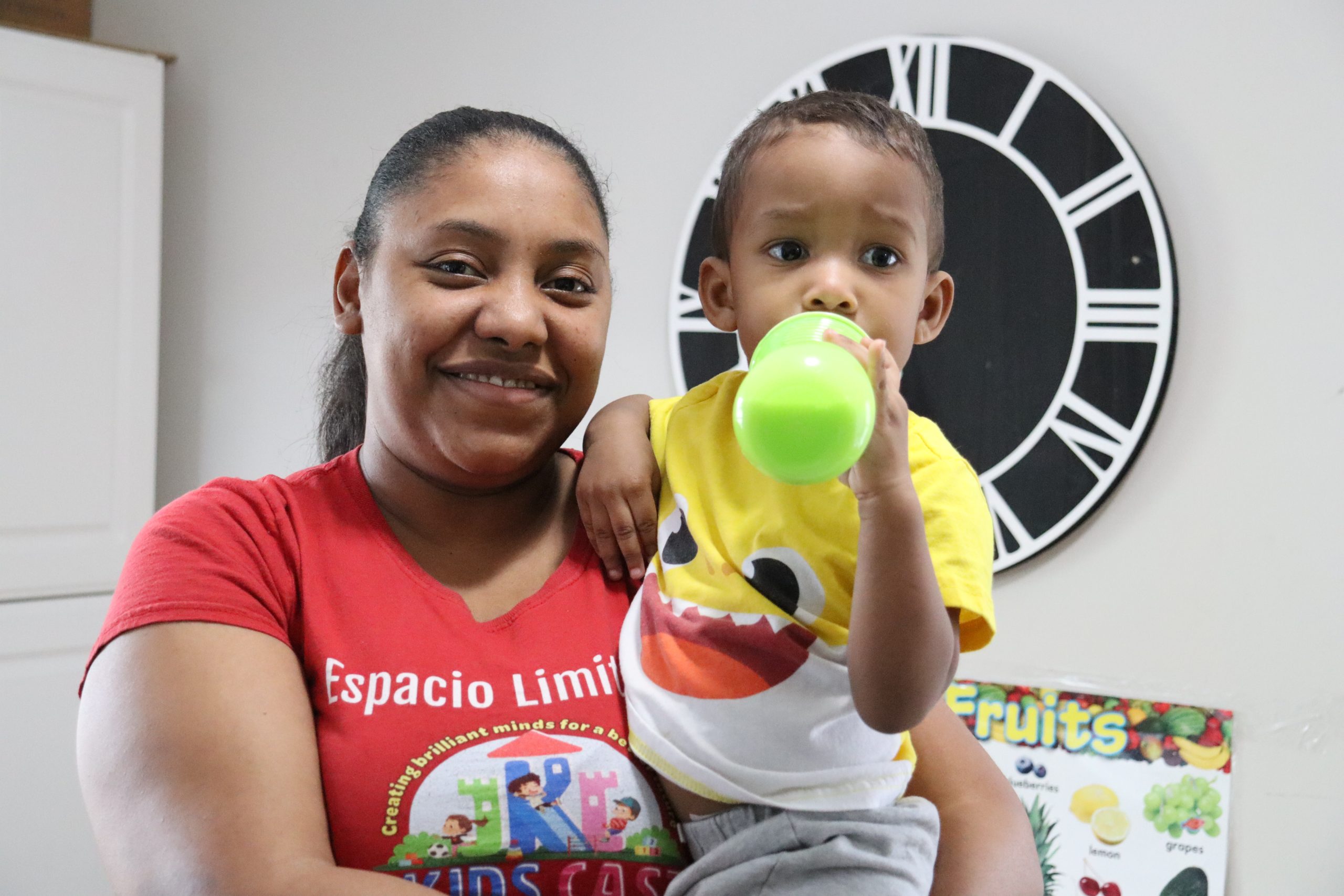
*** Not Accepting Applications ***
Next round opens in Winter 2026
If you are ineligible or otherwise need funding for your business, contact us at (203) 353-1750 x129 (English) or (203) 353-1750 x166 (Spanish) or childcarebusiness@ctwbdc.org to explore alternate funding opportunities.
Join us for a Grant Information Session to learn about what the grant can be used for, eligibility requirements, and what information we’re looking for in the application. If you have attended a Grant Information Session in the past year, the information will be similar.
Jan 30, 1:00 – 2:30 PM English
Si prefiere una sesión en español, inscríbase en una de las siguientes sesiones:
28 de enero a las 6:00 Spanish
2 de febrero a las 1:00PM Spanish
On-demand info session:
Watch Recording English | Watch Recording Spanish
Applied in the past? We encourage past applicants who are familiar with our grants to skip the Information Session. Instead, book an advising appointment to discuss your grant project and work on your application. We invite you to also join the Grant Prep Sessions most relevant to you.
Once you’ve attended a Grant Information Session, we encourage you to take advantage of the multiple sessions to help you complete your grant application.
WBDC Grant Prep Sessions (English):
Use of Funds Tracker & Financial Statement | February 12, 1 – 2:15 PM
How to Calculate Projections | Feb 18, 6:00 – 7:30 PM
Preparación de Subvenciones WBDC: (Spanish)
Cómo Calcular Proyecciones | 17 de febrero a las 6:00 – 7:30 PM
Rastreador de Uso de Fondos y Estado Financiero | 10 de febrero, 1 – 2:15 PM
We will walk you through gathering your financials and filling out the WBDC financial templates for your Profit & Loss Statement, Balance Sheet, and Projections.
Watch Recording (English) | Estados Financieros y Proyecciones (Spanish)
Get tips on how to use the portal effectively, from uploading documents, saving your progress, to printing your app. Learn how to complete the WBDC use of funds template and upload your supporting documents.
(English) – Watch Recording (Spanish) Watch Recording
This session will help you calculate your time-space percentage is an essential part of managing your family childcare home. Join Tanya Kelley as she reviews why this percentage is important and how to calculate it.
Those that meet all of the following criteria are encouraged to apply:
*For purposes of the WBDC’s Child Care Business Opportunity Fund grants, the definitions of full-time and part-time are as follows:
If there are more qualified applications than we can fund this round, priority will be given to the following programs:
What can I use the funds for?
Grants are awarded for clearly defined projects that will create new child care slots that you can fill within a few months. Projects are expected to have a measurable impact on the business’ growth and profitability. Examples of use of funds include construction costs for renovations to existing or new space to create classrooms / serve additional children; furniture, fixture & equipment to outfit new classroom; educational supplies to serve new age group/additional children; supplies to take children on a night shift (e.g., bedding, cots). (Note: WBDC may require proof of approved building permits for construction projects.)
For applicants moving to a new location (e.g., from a home to a commercial setting), a small portion of your grant request can be for operating expenses in the first month (e.g., rent, utilities). The need for this should be demonstrated in your projections, tied to enrollment and revenue trends in the first few months of project implementation.
For applicants needing to hire staff to support the additional children this project creates, a portion of your grant request can include salary for an employee other than yourself – up to a max of $2,000. Your projections should demonstrate why funding payroll is necessary, given that enrollment revenue should typically cover the cost of additional staff.
What is not an eligible use of funds? (This list is not exhaustive.)
Projects that support filling enrollment that you already had children for in the past.
Construction costs for relocating your program to another space within your house (e.g., basement) or building, without a very clear tie to how this move will allow you to support at least 3 more children in a quality setting.
Downpayment for a new location; and projects at a location that is not about to become licensed within 60-90 days of grant application submission.
What is a space percentage?
This applies to programs operating in their own home (e.g., family homes). It is the percent (%) of your total home that is used for your child care program. It can be found on Line 3 of Form 8829/Expenses for Business Use of Home on your most recent tax return. For facilities work requested that improves both your home and business space, your request should account for your Space %.
What do you mean when you ask for the Impact of the Grant in the application?
Your proposal should clearly explain how the investment you want to make will help you grow your business. It should include the number of new slots and jobs that will be created as a result of the project, and how you anticipate this will grow your revenue and profit. You should also include if you currently have a waitlist for children served by this expansion project, and how many children are on it. (Your financial projections should align with your Impact of the Grant narrative.)
Can I apply for the same project my friend applied for?
All grant applications are evaluated in their totality. This means that reviewers will consider your particular business goals and performance, and application materials. Remember that the project should make sense for your business (including your physical space, operational capacity, financial goals, market demand, etc.), and you should be able to implement it within a few months of award.
Can I submit my application in Spanish?
Yes! We have Spanish-speaking staff and external panel members that will review your application.
Should I pay someone to fill out my application for me?
No! While this is your choice, WBDC offers free classes, advising, and resources on our website to help you complete your application. Additionally, paying someone is no guarantee your application will be awarded. Remember, you know your business best! Use WBDC, your resource partners (e.g. SFCCN, AQIS, Ed Consultant) and advisory circle (e.g., loved ones, assistant director) as resources to help you at no cost.
Who reviews the applications?
Applications are reviewed by an external panel, including community partners with business and child care expertise, who will select the awardees.
What happens if my grant application is not approved? Can I reapply in the future?
If you are eligible and your application is not approved, you will be contacted by WBDC and given the opportunity to meet with a business advisor to help you prepare for the next round of funding.
Will there be future rounds of grants?
Yes! Please join our email list to be notified when the next grant round opens, anticipated in Winter 2026.
What if I have more questions?
Contact us! If you are unsure about what is an eligible use of funds, or what your space % is, or need help completing your financial documents including projections, set up an appointment to meet with a WBDC Business Advisor for assistance.
Not the right grant for you? See our other Child Care Business Grant programs.
Before you begin your application, you will be required to create a profile in WBDC’s eCenter portal to provide general information about you and your business.
If you are an existing WBDC client that has used eCenter before to register for classes, you will need to review and update your eCenter Profile by logging into eCenter, and clicking “My Information” on the left.
If you are an existing WBDC client that has not used eCenter before, click the link below to get to our eCenter. Then click “Forgot Password” in the top right corner. Enter your email and follow the on-screen prompts to access to your profile. Once logged in, click “My Information” on the left to complete or update your information.
Click here to complete your eCenter profile
Application Walk-Through & Use of Funds (Recording)
Join us as we do a demo of the grant application portal. Get tips on how to use the portal effectively, from uploading documents, saving your progress, to printing your app. Learn how to complete the WBDC use of funds template and upload your supporting documents.
(English) – Watch Recording
(Spanish) Registrate aquí
Here are the components of the application:
Profile, Contact, and Eligibility
Section A: Background about Your Business
Section B: Use of Grant Funds
Section C: Narrative of Your Business
Section D: Supporting Documents for Uploading
Section E: Compliance and Consent
What we’re looking for in an application:
Use the resources around you.
WBDC is here to help you throughout the application process – review this grant webpage in detail, attend the grant prep sessions, and meet with us if you need help. Ask those that know your business, like resource partners (e.g. SFCCN, AQIS, Ed Consultant) and your advisory circle (e.g., loved ones, assistant director), to be a sounding board for your grant project idea and to read your application narrative to provide feedback.
Get started as soon as possible.
Waiting till the last weeks the application is open to get started may not give you enough time to receive assistance and put your best foot forward with your application.
WBDC Business Advisors are available to help answer your questions after you have attended a live or on-demand information session. Appointments available in English or Spanish during standard business hours, evenings, and Saturday mornings if needed. If you need an appointment in a different language, accommodations may be possible.
REQUEST AN APPOINTMENT HERE
In addition to our regular advising hours, we are holding bonus office hours for eligible providers actively working on their application. You will receive an invite. Save the date!
**Invitations will be sent to those actively working on their application. (English & Spanish)**
Download the Proposed Use of Funds’ Tracker below and fill in to indicate your proposed use of funds with the contractor/vendor, and cost of each item. This will serve as a cover sheet for your back-up use of funds documentation.
Access Here in Google Sheets / Download to Microsoft Excel Here
We have optional templates for you to use for your historical and projected financial documents.
If you are a family home (DCFH), a Balance Sheet is not required. If you utilize QuickBooks or another digital system, you should use financial statements from there, instead of the WBDC templates.
Historical Financials Template (English/Spanish):
Access Here in Google Sheets / Download to Microsoft Excel Here
Financial Projections Template (English/Spanish) – complete for 1 year only:
Access Here in Google Sheets / Download to Microsoft Excel Here
Start early on this! You may have to receive a pin by mail to activate your myconneCT account before getting your letter. This letter will show if your state taxes are paid or not.
Please request your letter from the CT DRS myconneCT online center at no cost: 𝗺𝘆𝗰𝗼𝗻𝗻𝗲𝗖𝗧 (ct.gov)
Here is a tutorial to on how to request the status letter: Requesting a Status Letter (of Good Standing) (ct.gov) . If you are a sole proprietor and file your personal taxes jointly, the letter may be in your spouse’s name.
Click here to see an example of what your status letter should like. Please note that if it does not look like this – it is the wrong document. This letter of good standing is not the same as a Certificate of Legal Existence.
These grants are made possible through the generous financial support of the Connecticut Office of Early Childhood (OEC).
